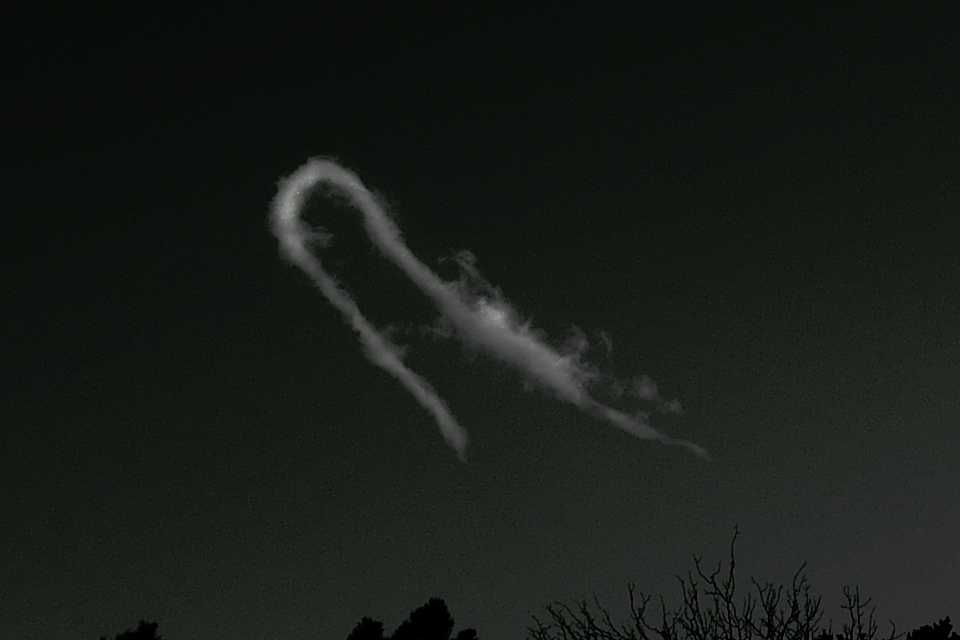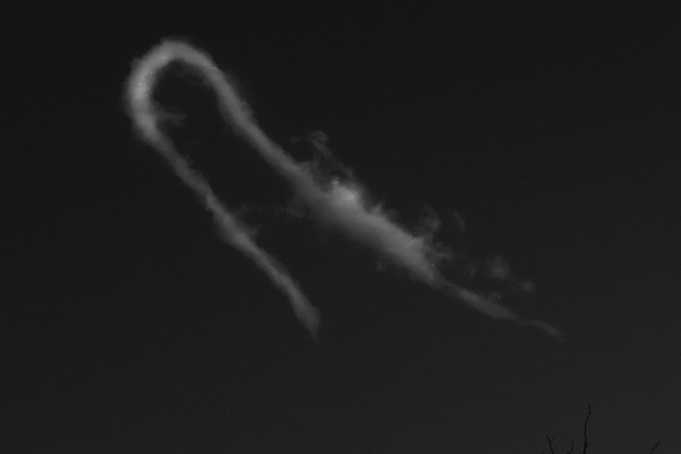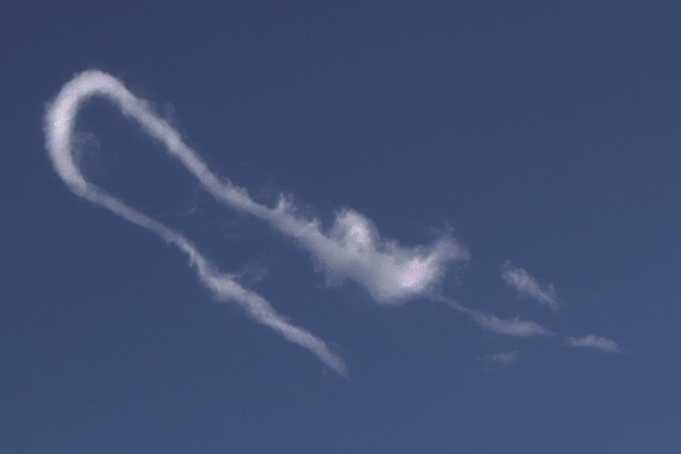Forum Replies Created
-
AuthorPosts
-
Eric Shultz
ParticipantThank you, Keelin. It was a beauty. The conversationally easy cliche would be to add, and so fleeting! But while it was happening, it seemed quit long-lasting. Maybe my first expectation was for it to vanish before I could focus my eyes.
Exploring the site, I’ve already come across many wonderful photos of yours, and Michael’s, and look forward to seeing more!
Eric Shultz
ParticipantFantastic! Naturally, since my encounter I’ve had my eye out, but with your tips about ‘habitat’ and ‘behavior,’ I can hardly wait to go hunting!
Eric Shultz
ParticipantHere is another rendering that may be more distinct.

Eric Shultz
ParticipantThank you, Michael. No one in my extended family of many experienced nature observers had seen one. And what you say about it being made by something invisible fits the evidence of the photo, since the object becomes progressively transparent, from a fairly dense core to a nearly “invisible” nimbus, but the movement, and its ensuing structure, extend beyond what is whitened with mists, no doubt.
For this very reason, my first photograph of the HV (thanks for the acronym!) I had rejected on first inspection as blurry, not appreciating how, rather than a blurry shot of a distinct object, it might be a clear image of a quasi-invisible object. Because its quasi-transparent structures are, understandably, scarcely separable from the background, the extreme contrast needed to bring them into relief causes nearby shades in the sky gradient to break apart, an ill that seems less unpleasant in a monochrome rendering.
Most noticeably, seen 38 seconds earlier, the thickened part of the upper branch was much more tightly wound–practically a cylinder–in comparison with its unfurled state in the later picture posted above.
Also of note, from near the center of the image extending upward are two smaller, darker ‘arms’ that appear to come together at the tips, like two wires twisted together (the general shape also suggests the little ribbons worn to endorse various causes). The arm curving in front has visible undulations of its outer edge, resembling the “Michelin Man” outline visible in other parts of this image, and more so in the image previously posted. I mention this as it suggests that the small arm is itself a vortex, one of a pair of vortices spawned from the HV proper. If these features of the image correspond with actual structures correctly identified, I wonder if vortices spawned in pairs, pairs that seem bent on joining at the tips, if of sufficient energy and duration to actually join into one arching structure… Seeing things that aren’t there, perhaps.
I only noticed this HV in its final moments, and wish I had known not to take my eyes and lens off of it. And Michael, with utmost appreciation for the knowledge and experience you shared, indulge my curiosity: in your multiple sightings, did you see one bend from horizontal to horseshoe?
Thanks again for your reply. Here, then, is the same HV in monochrome and 38 seconds earlier.

Eric Shultz
Participant
Here is the critter at 100 percent.
-
AuthorPosts





